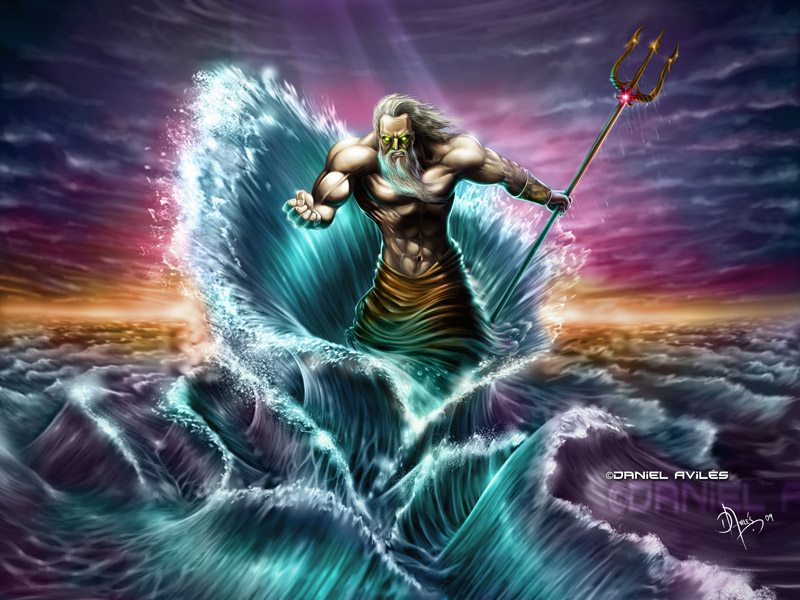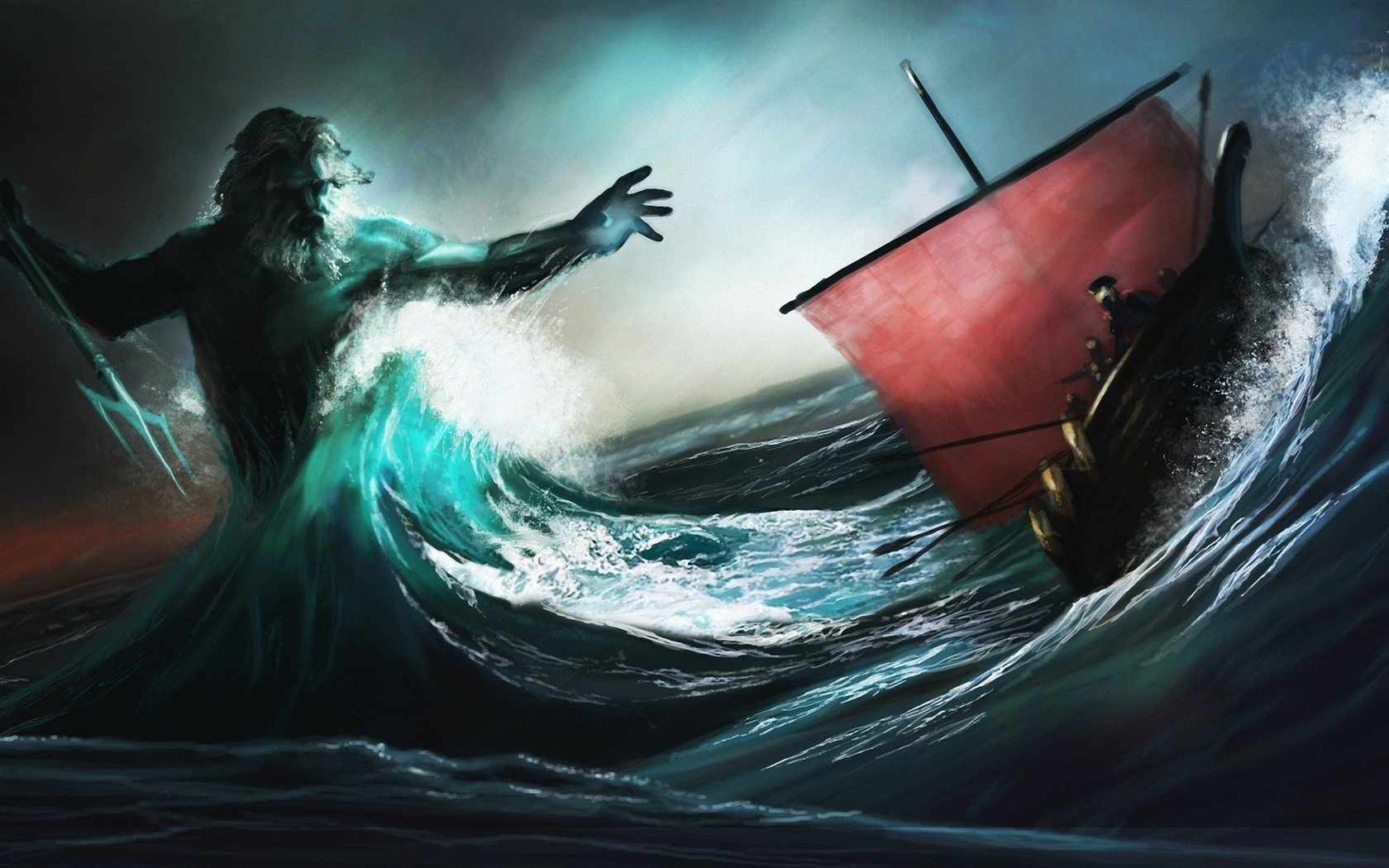

It was Aegeus’ suicide that supposedly gave the sea its name: the Aegean Sea.Īway from mythology, the site at Sounio appears to have had religious significance since the Bronze Age. He consequently threw himself from the cliffs into the sea. Theseus forgot to change the sails’ colour, leading Aegeus to wrongly believe that his son had been killed during his quest. Theseus and Aegeus had agreed that the former would hoist white sails on his return if he had been successful, but that his men would hoist black sails if Theseus had failed and died during his famous Minotaur mission. Aegeus, the legendary father of Theseus, was said to have thrown himself from the cliffs above Cape Sounio when he saw his son’s ship returning from Crete hoisting black sails. Hexastyle in its original design (6 columns in width x 13 columns in length), only 16 of the original 38 columns remain.Īctivity had been occurring on the site long before the construction of this major monument, with the site also having some mythological links. Made of marble mined from nearby Agrileza and dramatically perched on a cliff overlooking the ocean, the Temple of Poseidon of Sounio is now made up of a rectangle of restored large Doric columns. The Temple itself was constructed in the mid 5th century BC, at roughly the same time as the Parthenon and the Temple of Hephaestus in Athens.

The Temple of Poseidon of Sounio is a picturesque ruin of a 5th century BC Greek temple dedicated to the deity of the sea.


 0 kommentar(er)
0 kommentar(er)
